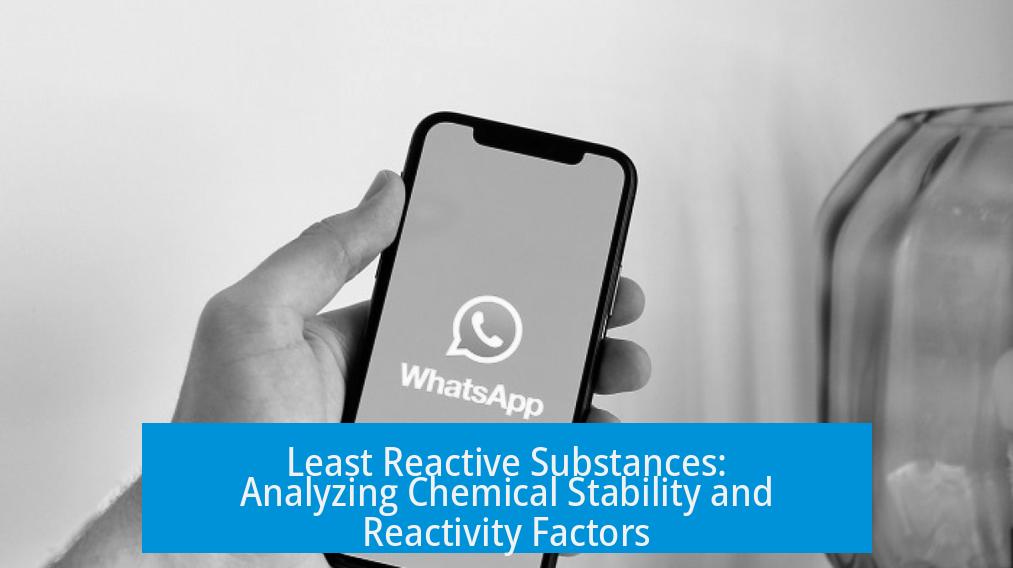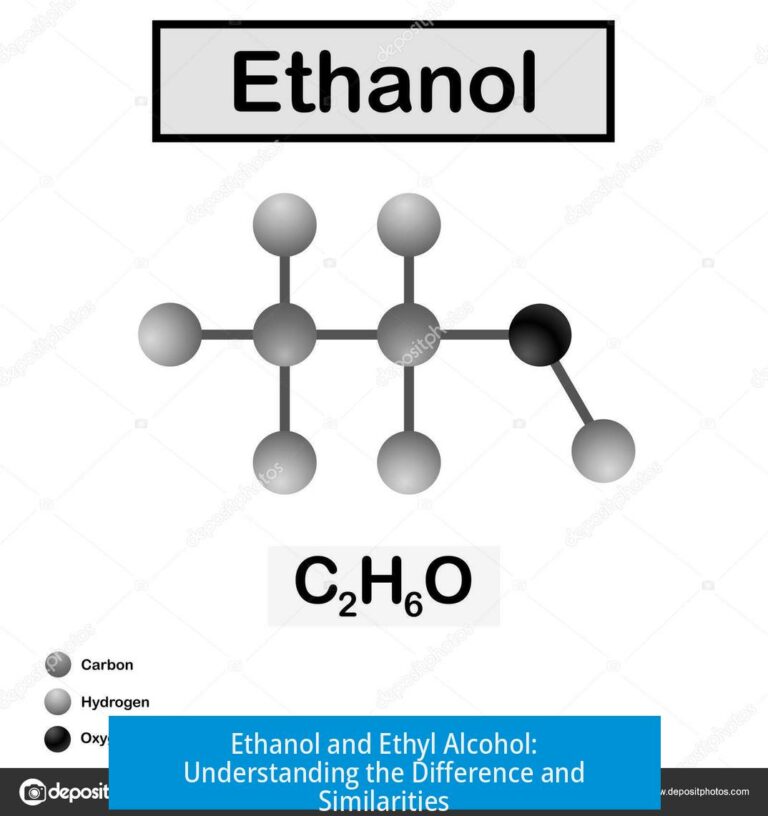What’s the Least Reactive Substance in the World?
The least reactive substance in the world is helium, a noble gas known for its exceptional chemical inertness under normal conditions. Among all known substances, helium exhibits the lowest tendency to engage in chemical reactions, making it the most stable chemical element. This article explores the nature of helium’s inertness, compares it to other substances, and examines factors influencing chemical reactivity.
Understanding Chemical Reactivity
Chemical reactivity depends on the ability of substances to gain, lose, or share electrons to form new compounds. Elements or compounds with a stable electronic configuration resist change and therefore have low reactivity. In many cases, this stability aligns with having full valence electron shells, often fulfilling an octet or duplet arrangement.
The noble gases—helium, neon, argon, krypton, xenon, and radon—are known for their full valence shells. This electronic structure explains why these elements rarely form chemical bonds.
Helium’s Inert Nature
- Atomic configuration: Helium has two electrons completing its outer shell (1s2), the smallest and most compact structure among noble gases.
- Energy considerations: This filled shell creates a strong electronic stability that forbids helium from easily sharing or gaining electrons.
- Physical properties: Helium has a low boiling point and exists as a gas at most conditions, further limiting interaction opportunities.
Due to these factors, helium remains chemically inert in nearly all environments encountered on Earth. Its reluctance to form chemical bonds distinguishes it from most other elements.
Comparison with Other Noble Gases
Other noble gases such as neon and argon also show negligible chemical reactivity. In particular, neon has no known stable compounds under any conditions. Argon behaves similarly, being largely inert.
| Element | Known Compounds | Reactivity Notes |
|---|---|---|
| Helium (He) | Extremely rare, exotic compounds under extreme pressure only | Most inert; no stable compounds under normal conditions |
| Neon (Ne) | No known stable compounds | Highly inert; considered one of the least reactive elements |
| Argon (Ar) | Few compounds under extreme conditions | Very inert; frequently used as an inert gas shield in reactions |
| Xenon (Xe) | Known fluorides and oxides | Less inert than lighter noble gases; forms some compounds |
While xenon can form compounds such as xenon difluoride, lighter noble gases remain essentially unreactive. This trend relates to the decreasing ability to polarize electron clouds and form bonds as atomic number decreases.
Rare Exceptions: Helium Compounds Under Extreme Conditions
Although helium is virtually inert, some compounds involving helium have been synthesized under extraordinary conditions, like extremely high pressure. For example, disodium helide (Na2He) has been generated in laboratory settings using pressures above 100 gigapascals.
These findings demonstrate helium’s capacity to participate in chemical interactions under physical extremes that do not occur naturally. Such exotic chemistry remains limited to experimental environments.
Other Substances Known for Stability and Low Reactivity
Beyond helium and noble gases, several substances show notable chemical stability due to their structures or bonding characteristics.
Aluminum Oxide (Al2O3 – Corundum)
- Highly stable ceramic material.
- Commonly found as gemstones like rubies and sapphires.
- Inert under standard conditions; reacts slowly only when strongly compelled.
Silicon Dioxide (SiO2 – Silica)
- Extremely abundant and thermodynamically stable.
- Resistant to many chemical treatments; dissolves only in hydrofluoric acid.
- Forms the structural basis of sand, quartz, and glass.
Boron Nitride (BN)
- Exhibits high chemical and thermal stability.
- Present in hexagonal and cubic forms.
- Used as a lubricant and refractory material.
Polytetrafluoroethylene (PTFE or Teflon) and PFAS Compounds
- Known for chemical inertness due to strong C-F bonds.
- Resists reaction with most chemicals including acids and bases.
- Widely used in coatings and non-stick cookware.
Molecular Nitrogen (N2)
- Possesses a triple bond between nitrogen atoms.
- One of the strongest chemical bonds, contributing to low reactivity.
- Though abundant in atmosphere, requires high energy to break apart.
How Valence Electron Structures Influence Reactivity
Reactivity connects directly to valence electron configurations. The inert nature of noble gases stems from full electron shells. Molecules or compounds with total valence electrons in multiples of eight tend to be stable. Examples include SiO2 and Al2O3, which have valence electron totals of 16 and 24 respectively, satisfying octet stability rules.
Conversely, elements or molecules with unpaired electrons or incomplete shells exhibit higher chemical reactivity.
Why Platinum Is More Reactive than Noble Gases
While platinum is often called a noble metal due to its resistance to corrosion, it is not as inert as noble gases. Platinum reacts readily with aqua regia, forming salts and varied complexes. Therefore, platinum’s reactivity level remains significantly higher than that of inert gases like helium or neon.
Summary Table of Reactivity
| Substance | Reactivity Level | Reason for Stability |
|---|---|---|
| Helium (He) | Lowest | Filled valence shell; no electron affinity |
| Neon (Ne) | Extremely low | Filled valence shell; no stable compounds |
| Argon (Ar) | Very low | Filled valence shell; inert behavior |
| Platinum (Pt) | Moderate | Allows complex formation and catalysis |
| Aluminum Oxide (Al2O3) | Low | Strong ionic/covalent bonding in crystal lattice |
| Silicon Dioxide (SiO2) | Low | Strong covalent network; chemical resistance |
| Boron Nitride (BN) | Low | Strong covalent/ionic bonds; thermal stability |
| PTFE (Teflon) | Low | Strong C-F bonds; resistivity to attack |
| Molecular Nitrogen (N2) | Relatively low | Triple bond; requires high activation energy |
Key Takeaways
- Helium is the least reactive chemical substance due to its complete valence electron shell and extremely low electron affinity.
- Noble gases as a group exhibit minimal reactivity; neon has no known stable compounds, making it almost as inert as helium.
- Certain stable compounds like Al2O3, SiO2, and boron nitride demonstrate considerable resistance to chemical change under normal conditions.
- Other materials like platinum are less inert despite being called “noble” because they can form compounds readily under typical conditions.
- Reactivity correlates strongly with valence electron configurations and bond strengths, explaining why noble gases stand apart.




Leave a Comment